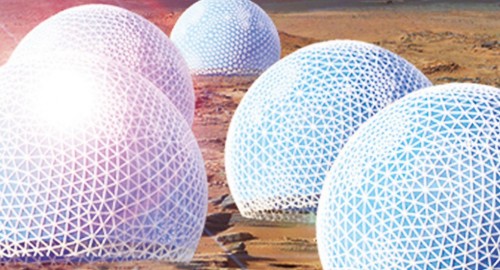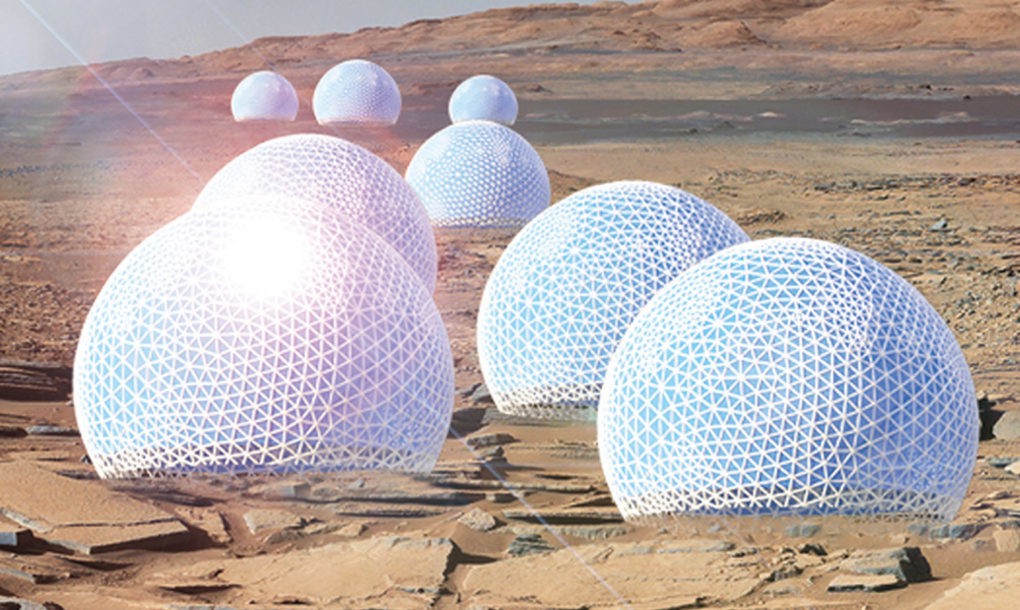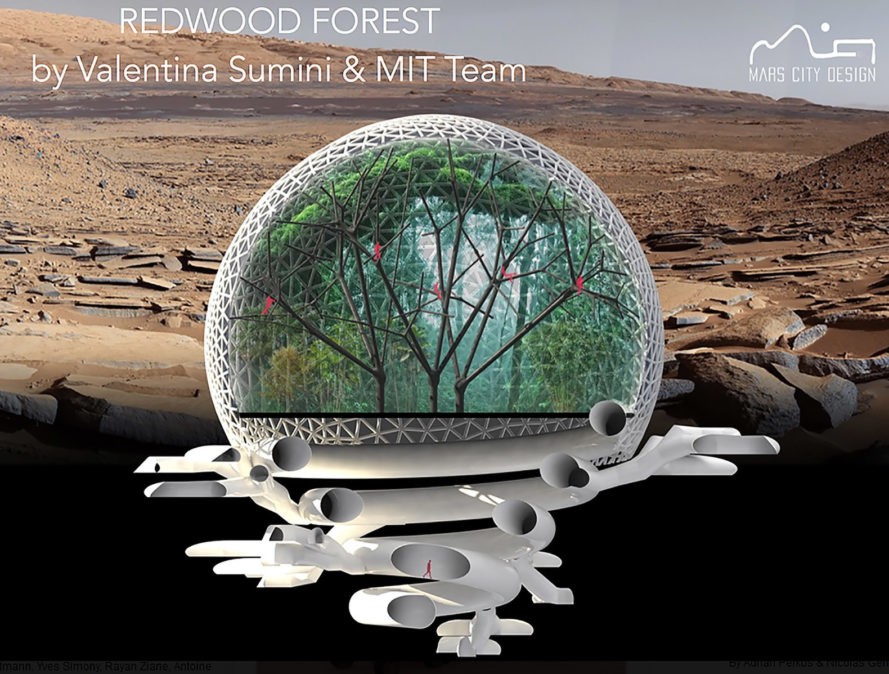RECOMMENDED VIDEOS

Times-lite Electrical Engineering : Design & Build…
Times-Lite Electrical Engineering Sdn Bhd

Nukissiorfiit Greenland hydropower
Nukissiorfiit

CAMSS™ 20Q Shelter with Energy Saving Accessories
CAMSS Shelters

Malaysian Solar Resources : Manufacturer of Monocrystalline…
Malaysian Solar Resources Sdn Bhd

20MW Semi-automatic turnkey solar module manufacturing
Ecoprogetti SRL
Related Stories
The largest solar farm apiary in the US opens this week
The City of London will be powered with 100% renewable energy by October 2018
New study suggests that plastic waste may be transformed into usable energy
Uravu’s zero-electricity Aqua Panels produce gallons of water from thin air
104% of Portugal’s electricity consumption in March came from renewable energy
04 Feb, 2018

MIT’s winning solar-powered dome tree habitats for Mars mimic earthly forests
Renewable Energy & Energy Efficiency | UNITED STATES | 28 Dec, 2017
Published by : Eco Media Asia
If humans start constructing cities on Mars, we have an opportunity to build sustainably from the start. A Massachusetts Institute of Technology (MIT) team designed an environmentally friendly city for the red planet that mimics a forest, with solar-powered dome tree habitats connected with roots, or tunnels. Their vision, called Redwood Forest, recently won first place in the Mars City Designcompetition’s architecture category.
As many as 50 people can reside in each one of Redwood Forest’s domes, which offer open space with plants and water – harvested from Mars’ northern plains – atop roots with access to private spaces and other domes. The roots also protect colonizers from cosmic radiation, extreme thermal changes, or micrometeorite impacts.

The 10,000-person city will “physically and functionally mimic a forest,” according to MIT postdoctoral researcher and team co-lead Valentina Sumini, and will draw on local resources like ice, regolith, and water. MIT doctoral student George Lordos said, “Every tree habitat in Redwood Forest will collect energy from the sun and use it to process and transport the water throughout the tree, and every tree is designed as a water-rich environment. Water fills the soft cells inside the dome providing protection from radiation, helps manage heat loads, and supplies hydroponic farms for growing fish and greens.”

Solar panels will generate energy to split stored water to produce oxygen and rocket fuel, Lordos said. Solar power will also help charge hydrogen fuel cells, “necessary to power long-range vehicles as well as provide backup energy storage in case of dust storms.”
These ideas wouldn’t only work on the red planet. The MIT team says many of their design features could be applied to Earth. Underground multi-level networks could ease traffic above by offering an alternative route for electric cars. Hydroponic gardens underneath cities could cultivate fresh produce with lower transportation and land costs. And their tree habitat design, MIT said, “could create living and working spaces in harsh environments, such as high latitudes, deserts, and the sea floor.”
Article from inhabitat.com
by Lacy Cooke
